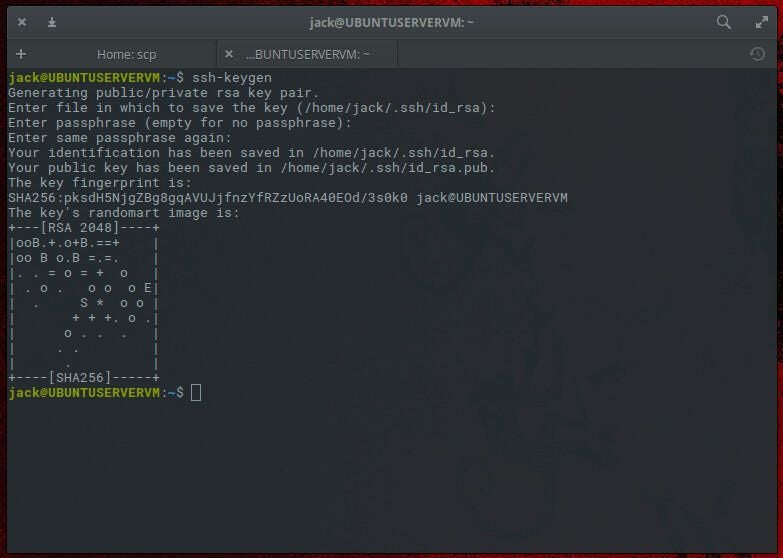Toyota Motor Corp.’s research unit and Hyundai Motor Co.’s Boston Dynamics are joining forces to speed up development of humanoid robots with artificial intelligence.
The partnership will pair Toyota Research Institute’s expertise in large behavior model learning for machines with Boston Dynamics’ humanoid Atlas robot, they said Wednesday. Boston-based teams from TRI and Boston Dynamics will conduct research on use cases for AI-trained robots in areas such as human-robot interaction, they said.
Toyota has said it’s made a breakthrough with AI in teaching robots to learn and Boston Dynamics, which was bought by Hyundai in 2020, has had commercial success with its robotic guard dog and a mobile robotic arm for re-stocking warehouses.
Their collaboration comes as a potential challenge to other smart bot programs such as the Optimus robot showcased last week by rival Tesla Inc. A number of humanoid robot startups are also attracting attention—and billions of dollars in capital.
The cooperation between Toyota and Boston Dynamics will focus on fundamental research with an eye toward eventual commercial use, but executives at the companies declined to specify a timeline or disclose their budgets for the project.
“This kind of technology has tremendous promise for the future,” Gill Pratt, Toyota’s chief scientist, said in an interview. “The work that we’re doing in generative AI can be a tremendous complement to the kind of work that Boston Dynamics has done.”
Pratt said that a goal is to eventually bring robots onto factory assembly lines and into homes for elder care.
Carmakers have been at the vanguard of efforts to automate more assembly line processes to trim labor costs and bolster worker safety. The automotive industry deploys more robots in factories globally than any other industry, with about one-quarter of new installations in 2023, according to the Frankfurt-based International Federation of Robotics.
The dexterity of Boston Dynamics robots paired with Toyota’s behavioral know-how is a key differentiator with other companies’ efforts to build smart robots, Aaron Saunders, Boston Dynamics’ chief technology officer, told Bloomberg.
“That’s going to set the stage to deliver on the promise that a lot of people are making right now in bringing humanoid robots out to the world at scale,” he said.
Saunders said Boston Dynamics plans to deploy humanoid robots with narrowly-focused tasks in Hyundai factories “in the coming years” while it pursues research with Toyota on the longer-term objective of AI-enabled, multi-tasking robots.
Hyundai, which already has a pilot program with Boston Dynamics technology at a Kia brand car plant in South Korea, bought a controlling 80% stake in the company from Japan’s SoftBank Group Corp., which retained the rest.
Generative AI holds the promise of allowing robots to adopt new skill sets more quickly based on learned behavior. Much like virtual assistance programs such as ChatGPT have evolved from large language models, large behavioral models are being used to program robots.
Toyota Research Institute’s advancement in what’s known as diffusion policy has demonstrated a single AI technique can be used to teach a robot to do a wide range of individual tasks. Its next research focus involves creating large behavior models to allow a robot to learn many tasks simultaneously.
The goal is for a robot programmed to beat eggs to also be able to handle any number of other things, like folding a shirt, said Russ Tedrake, an MIT professor and TRI’s head of robotics research.
“We’re well on our way on that,” Tedrake said. “It’s something we’re working very quickly on, very aggressively on, in trying to show that new capability.”
2024 Bloomberg L.P. Distributed by Tribune Content Agency, LLC.
Citation:
Toyota joins with Hyundai’s Boston Dynamics on AI-powered robots (2024, October 17)
retrieved 17 October 2024
from https://techxplore.com/news/2024-10-toyota-hyundai-boston-dynamics-ai.html
This document is subject to copyright. Apart from any fair dealing for the purpose of private study or research, no
part may be reproduced without the written permission. The content is provided for information purposes only.





